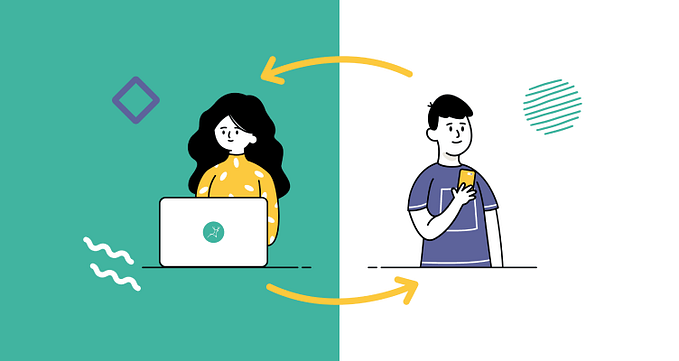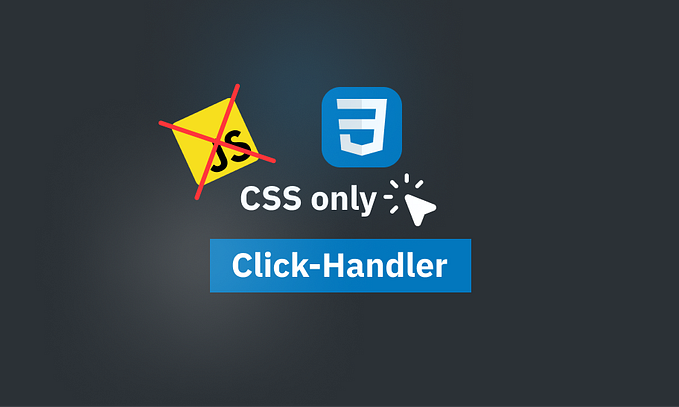Web Development Vs. Web Design: Know It All Now

Web development and web design are 2 separate processes that are both required for the creation of a successful website.
Web designers focus on the visual features of a website — the parts that a user would view.
Web developers, on the other hand, focus on the creation and management of the website’s foundation building blocks — the code that develops and controls the site’s design and basic operation, as well as the way the site interacts with other systems that support it.
A good website needs both good design and good development, and the two roles sometimes cross.
If you want to discover more, start scrolling!
Web Design

Web design covers all of the visual components you are likely familiar with from reading countless websites like this one.
A web designer has put time and thought into everything you see here, from the font of the text to the colors of different components on the page, the size of the margins at the page’s edge, the logo at the top, and even the space between different visual elements.
Web designers are responsible for creating, modifying, and updating all of these elements, and each step takes a considerable amount of effort, thought, and skill.
Web designers frequently work with a company’s marketing, front-end web development, and sales staff.
A logo is typically the very first thing a designer thinks (or develops).
A good logo defines a brand; it is the first thing that comes to mind when people think of a brand.
Nobody connects Nike with the “sneakers,” Apple with the (chewed up) apple, or McDonald’s with the towers.
A good logo needs considerable effort, no matter how easy it looks!
Different companies have different needs, but a logo should be attractive while being basic; unique while being easy to remember and recall.
A logo must be proudly featured on a good website to keep the brand’s relationship with its logo and to clearly show where the user is and what they’re doing.
While logos are typically protected by copyright laws, even seeing one might comfort clients that they’re in the right place.
Typography, or the act of selecting the proper fonts, size, and spacing for the various kinds of text on a website, is another important responsibility of web designers.
A good font, like a logo, is an important part of a brand’s soul and must be carefully chosen to maximize effect (no pun intended).
Most websites aren’t using the same font for everything; for example, a brand name will sometimes use a different, more unique font than the rest of the content on a website.
Another important aspect of web design is structure, which covers typography.
Choosing not only what goes on the site, but also where it goes and how it all fits together is a multi-step process that is frequently depending on the purpose.
To help break up huge amounts of text, a news site like this one may use wider margins, a double-column layout, or linked visuals.
This reduces reading stress and makes reading a huge amount of content feel more easily than if it were one long, continuous piece of text.
Content is also key.
Some websites may profit from being extremely clean and simple, with things managed to keep simple to guarantee that some information is easily accessible to the user; others may gain from a non—realistic strategy, which generally includes a wide variety of photos or other design elements designed to collate a specific mood or feeling that the designer is tasked with consorting with a brand or product.
Web development

Web development is a much broader word that covers everything apart from (and sometimes including) the design process.
In a word, web development is everything you don’t see on a website, from the code that shows the site on your screen to how the website is set to optimize search engine results, all the way down to the code that runs the server that hosts the website.
Frontend development is the type that most individuals will be familiar with.
You could even be familiar with HTML! Many people who grew up on the internet or learned more about how websites work by visiting the web have been exposed to HTML in some way.
Most of the structure and content of a website are decided by HTML and CSS.
These languages are used by frontend developers to structure each page of the site, connect pages via menus and buttons, and guarantee that design features such as images and animations work properly.
Frontend developers are also responsible for search engine optimization (“SEO”), which is the process of ensuring that a website is well-organized, responsive, and correctly worded so that the page is displayed properly (and, preferably, higher up) by search engines.
In front-end development, web design and development run parallel.
Frontend developers are often in charge of using these languages, together with JavaScript, to bring web designers’ concepts to life.
They’re even sometimes the same folks! A front-end developer and a web designer may both be familiar with and use HTML and CSS.
Any good web designer should be familiar with the basics of these two programming languages, although they won’t know as much CSS or JavaScript as a front-end developer.
HTML, CSS, and JavaScript are examples of “client-side” languages, which are languages that are used by the web browser or app that the user viewing the site is using.
In turn, JavaScript is often the language that front-end developers share with back-end developers.
JavaScript is both a client-side and a server-side language; it may be used to render content on the user’s device as well as organize and manage the data that this process generates in the server, where the resources and code that form the website’s “back end” are stored.
Backend web developers are responsible for this content.
Back-end developers are in the position to guarantee that the site’s content is saved safely and performs properly.
While some JavaScript may be used, the main languages of back-end development are Python, PHP, Ruby, and Java.
Backend developers may be more familiar with C or C++, the programming languages that form the basis for (almost) every other programming language (HTML is a special case, but we won’t get into that here).
These languages, also known as “object-oriented” languages, are used to define the actual content of a website, or “bodies,” which the frontend languages produce.
Here is the potato and meat: the huge tables of values that define picture pixels, the physics behind animations and 3D graphics, and even the code that sets the basic settings of how data is saved and transferred from the server to the client.
Final Words
To develop a website, all three of these roles should collaborate.
A perfect comparison for their respective roles is the building of a house: web designers are the designers who decide how things will look, while front-end developers are the craftsmen and builders who build the structure of the house, and backend developers are the materials suppliers and logistic support, the people who create the building blocks that allow the building process to take place.
There is a lot to take in, but I hope I’ve simplified things for you!
More content at PlainEnglish.io.
Sign up for our free weekly newsletter. Follow us on Twitter, LinkedIn, YouTube, and Discord.
Interested in scaling your software startup? Check out Circuit.









